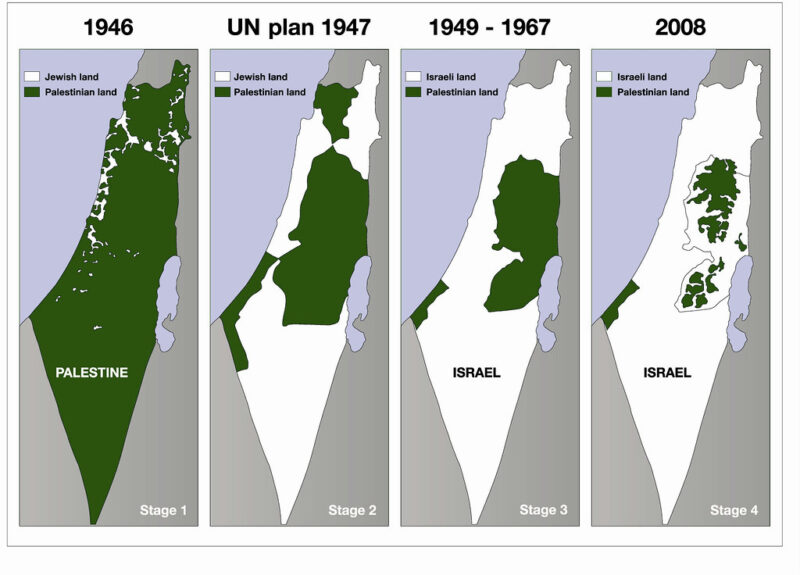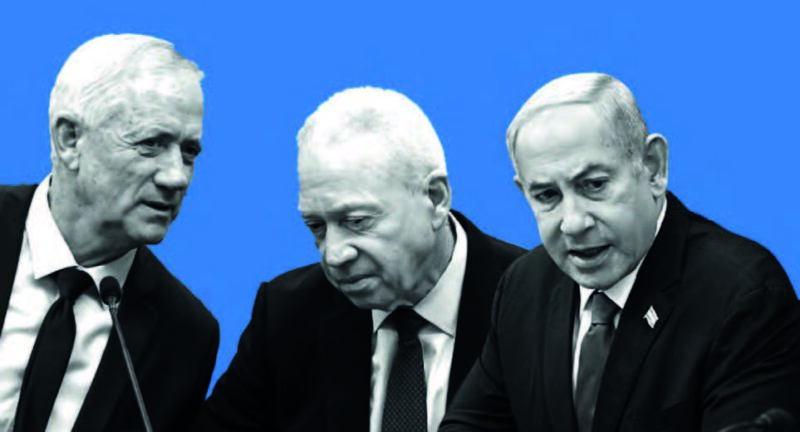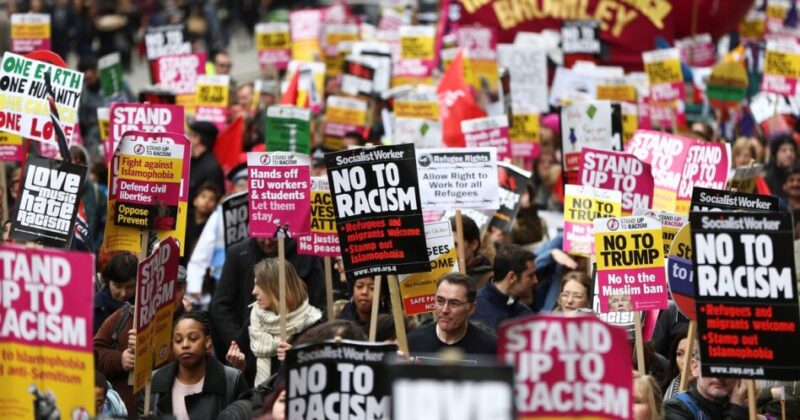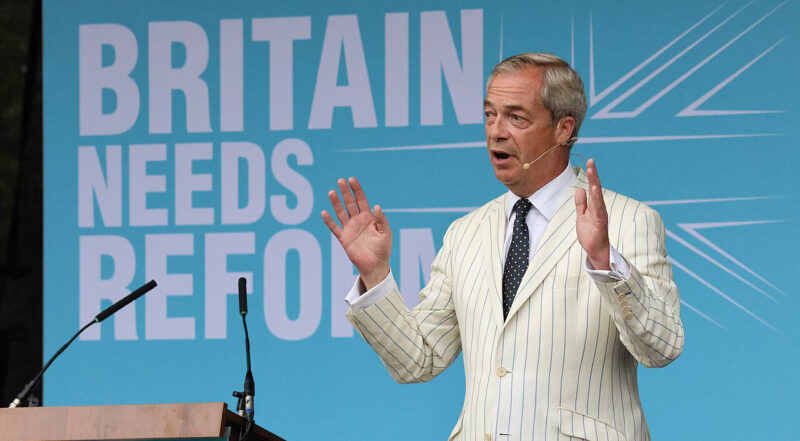Indian general strike heralds the awakening of the working class
Uslan Yentik investigates the impact of the recent all India general strike which saw millions take action
TENS OF millions of Indian workers went on to strike on 28 February, following 11 major union federations’ call for action. Banking, education, transport, coal, electricity and manufacturing industries were all crippled. The police attacked picketers and demonstrators, particularly in Jammu, Kashmir and West Bengal, arresting at least 5,000 workers.
In Delhi, striking taxi and rickshaw-drivers brought traffic to a halt, while in Mumbai, the country’s financial capital, the banking sector was completely shut down. In Nagpur, the ordinance factory that produces Pinaka rocket-launchers saw its first strike in many years.
The Trinamul Congress government of West Bengal went to extraordinary measures to prevent the strike, threatening a break in state employees’ service so they would lose their pensions, and even organising sleepovers. Yet still 35 per cent of workers went on strike. The most militant part of the country was the southern state of Kerala.
The movement’s demands include a statutory minimum wage of Rs10,000 (rupees), as compared to the current situation where different states and industries implement different minimum wages, varying from Rs5500 to Rs6500. Other demands included:
• A national social security fund for unorganised workers
• No subcontracting and outsourcing of permanent work – no more privatisation
• All wages and benefits to be raised to the same level as those for regular workers
• Secure pensions for all
• No delay in recognising trade unions
These basic demands are so important today. Indian workers have suffered real wage cuts due to extremely high increases in food prices. The everyday cost of living has risen by around 30 per cent, with general inflation around 9 per cent.
Precarious work is an extremely important issue in the developing industrial sector – keeping in mind that more than two-thirds of the working class are in the informal sector. Some large industrial companies have more than twice as many subcontracted workers as members of the permanent workforce. The unions are calling for 50 million precarious workers to be granted permanent contracts.
This problem is exacerbated by the widespread misuse of apprentices, usually on two-year contracts and paid not much more for than subcontracted labour. The pretext that they are being trained is quite ridiculous, as these workers often have practical experience, along with two to three years’ attendance at vocational schools.
Pensions are also very in low in India and only regular workers, employees and state officials have access to them.
There have been several days of action and even one-day general strikes in the past few years, for example September 2010. This testifies to the growing unrest among the working class, which forces the unions to act. The left federations, such as the All India TUC (AITUC), connected to the Communist Party of India, and Centre of Indian Trade Unions (CITU), linked with the CPI-Marxist, have been joined by the ruling Congress party’s Indian National Trades Union Congress (INTUC) and even the right-wing Bharatiya Mazdoor Sangh (BMS), which is connected to the Hindu nationalist BJP.
This pressure from the working class on their leaders is growing due to the increasing problems of rising prices and unsecure jobs. However, it is clear that even a massive one-day strike will not achieve these demands. One reason is that large sectors of the working class did not participate. The main absentee was private sector labour, but also large parts of the public sector, such as the railway workers, which is the single largest workforce in India.
Where next?
The general strike marks an important stage in the struggle of the Indian working class. To achieve the movement’s demands, permanent local action committees must be built, based in the workplaces but also integrating contract, domestic and rural workers, the large number of ‘self-employed’ toilers, and crucially those exploited in the private sector.
The existence of workers centres that take care of the social needs of the working class, such as housing, children’s education, etc, shows not only the burning necessity for the broadest alliance but also a way to draw in the informal sector of the working class, where illiteracy and a lack of knowledge about rights is still endemic.
Equally necessary is for the struggle to develop a permanent leadership. On one hand, it would need to include the leaders of the traditional federations; on the other hand – given the bureaucratic character of these leaders – revolutionaries would fight for a representation of local or regional delegates, elected by local and factory committees, who can be democratically replaced at any time.

In the event of an indefinite strike, which could force the government to concede, workers’ centres, action committees and rank and file-led factory committees would have to fight to wrest control of the movement from the official leadership, and fight for a revolutionary party and a workers’ government, which will be capable of not only implementing their demands but opening the road to socialism.






